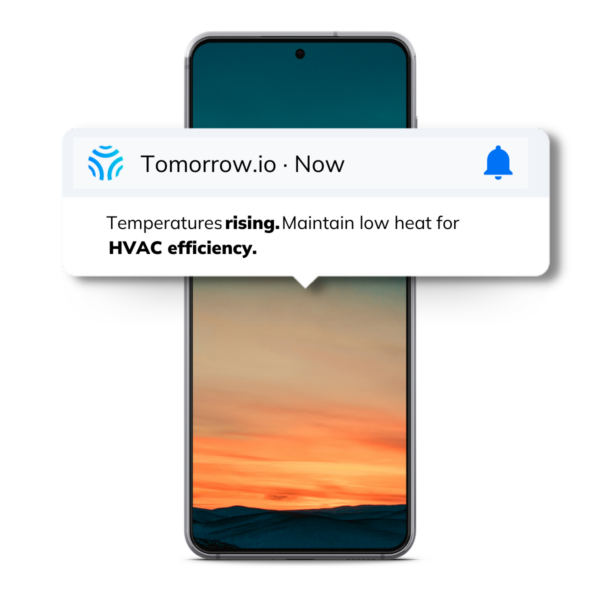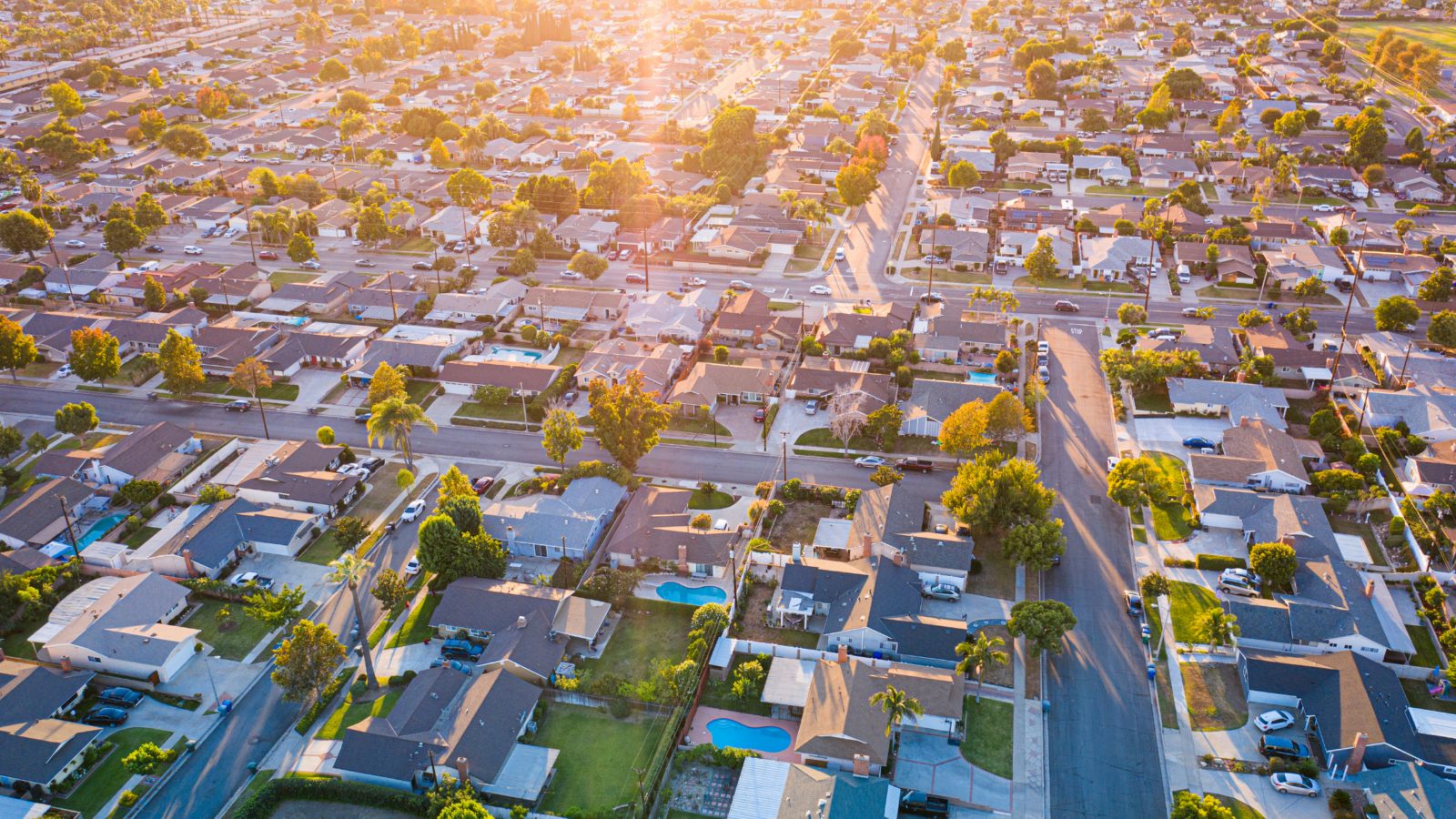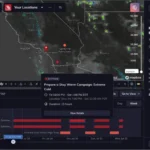Smart homes are built to make the everyday living environment seamless and easy at every turn.
Lights can switch on and off automatically, blinds can open and close with the sun, and doors can lock with a simple voice command. Technology has improved and enhanced homes in a variety of ways, which has really caught on with consumers.
In fact, the value of the smart home automation market is expected to be 63.2 billion by 2025.
But while smart homes have optimized and improved so much of life inside, outdoor conditions can still have a major impact on indoor environments. Yet many smart homes today simply don’t take weather into account.
The weather can impact a home’s heating and cooling systems, indoor air quality, and much more. Learn why every smart home operating system today needs a weather API to better adjust to weather conditions outside.
The Cost of Outdoor Weather on Homes
We all fundamentally understand that weather has an impact on our homes. If it’s cool, we turn on the heat. If it’s hot, we turn on the AC. So of course, the weather can have a huge impact on the costs of operating any home.
- Cooling: The average annual cost of air conditioning a home in the US is approximately $250. In high use areas of the South, air conditioning costs are nearly $450 a year.
- Heating: The annual cost to heat a 2200 square foot existing home with average energy consumption can cost up to $2185.
- Air Quality: The levels of indoor air pollutants are often 5X higher than outdoor levels.
- Energy consumption: The average household consumes 90 million BTUs of energy a year with heating, ventilation and air-conditioning systems (or HVAC systems) accounting for 32% of the average home’s electricity consumption.
One of the promises of smart homes is that automated systems can significantly reduce these costs and lower energy consumption by automatically turning on heating and cooling systems when the time is right.
However, automated thermostats can only react to the existing conditions inside the house. Even the best automated systems still waste significant money because they can’t get ahead of the weather outside.
Better Smart Home Operations with Weather Data
Rather than always reacting to the weather, smart home systems can become more proactive by incorporating hyper-local weather data. By better understanding the conditions outside the home, operating systems can actually improve and optimize the inside of the home far better than before.
- Get a jump on changing temperatures: It costs more to heat an already cold house than it does to keep a home warm, and costs more to cool an already hot home. By incorporating weather data, homeowners can save around 10% a year on heating and cooling bills.

- Take advantage of great weather outside: If your smart system knows it’s an ideal 72 degrees and sunny with great air quality, homeowners can get an automated recommendation to open the windows rather than waste money on heating or cooling.
- Turn off smart sprinklers: The average sprinkler system uses about 12 gallons of water per minute. If it’s about to rain, the system can automatically turn off sprinkler systems to maximize water conservation.
Each of these weather-driven systems can save the homeowner significant money in heating, cooling, and water bills.
Offer Smart Home Users a Better Experience
The weather can also impact the overall experience of the smart home in ways you may not have imagined. Air quality, humidity, and severe weather can also change the experience of the home.
- 5X indoor air quality: If air quality outside the home is low, you can trigger a warning to keep windows closed and automatically turn on air purifying systems.

- Adjust humidity levels: If it’s humid outside, smart home systems could automatically trigger a dehumidifier to maintain optimal levels between 30 and 50%.
- Trigger alerts for upcoming storms: If it’s about to rain, send out alerts to close the windows. If there will be high winds, hail, or lightning, alert consumers to bring in any outdoor furniture, plants, or other items that could be damaged.
Incorporate the Weather into Your Smart Home Systems
With a weather API, you can use weather data to drive action-driven improvements within your smart home systems. Learn how better weather data can make your smart homes even smarter.






